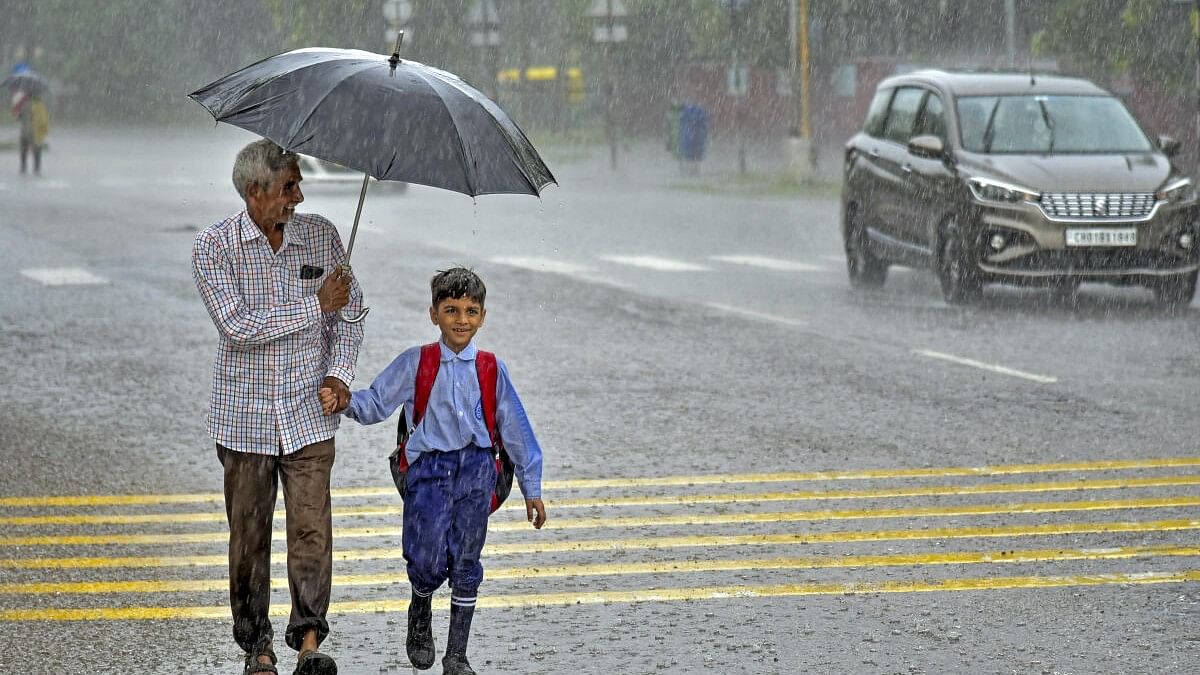
The country received 11.6 per cent more rainfall than average in September.
New Delhi: India on Monday ended the 2024 monsoon season with 8 per cent surplus rain as most of the country received normal to excess rainfall with only five states including the national capital reporting “deficient monsoon”.
September was the third consecutive month with excess rainfall, which was over 11 per cent than the average precipitation.
This comes after a bountiful August (15.7 per cent more) and July (9 per cent), though the season began with a deficient June (10.9 per cent less), according to the India Meteorological Department’s data. June rainfall was the seventh lowest since 2001.
A wet 2024 brings good news to the country’s farm sector that lies at the core of its $3.5 trillion dollar economy. Nearly half of India’s farmland is without irrigation and relies on south west monsoon between June and September.
Three of the deficient states and Union Territories are from the North East – Arunachal Pradesh, Nagaland and Manipur – while the remaining two are Delhi, and Jammu and Kashmir.
“It was a good monsoon season. We are in a positive phase despite the shortfall in 2023 which was an El Nino year. All the basic drivers were strong,” veteran weather scientist M Rajeevan, former Secretary, Union Ministry of Earth Sciences told DH.
In Karnataka, the coastal region received the highest amount of rainfall (22 per cent excess), followed by north interior and south interior parts of the state. Overall the rainfall in southern and central India was substantial.
Despite it being a good monsoon, experts have spotted signs of the 2024 season not being a classical one.
“It was not a textbook monsoon as we are not familiar with a system developing over Rajasthan and moving to the Arabian Sea forming a big low pressure system. These are abnormalities within a good monsoon season,” Rajeevan said.
High September rainfall, arising from a late surge and a delayed monsoon withdrawal, may have damaged some summer-sown crops like rice, cotton, soybean, corn, and pulses in certain regions of India, but it will enhance the soil moisture and fill the ground aquifers to benefit the winter crops like wheat and chickpea.
Monsoon is still active in parts of India even though it has started withdrawing from parts of western India like Rajasthan, Punjab and Haryana. A complete withdrawal may take several more days in October as enhanced rainfall is likely in the north east and parts of the southern peninsula in the next 4-5 days.
